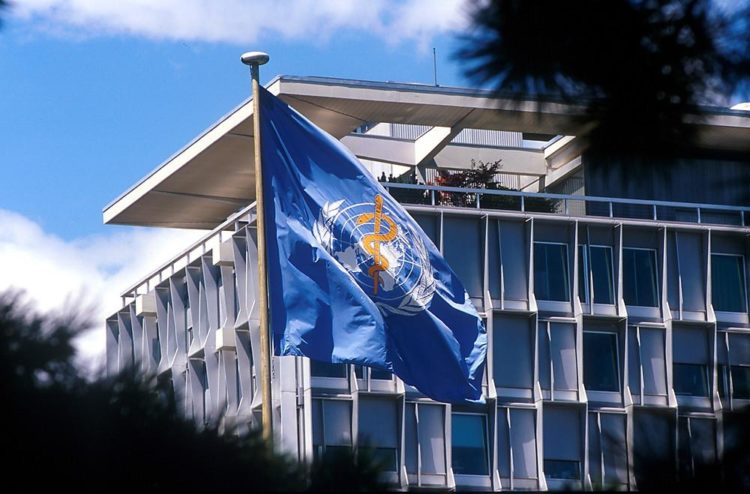Geneva: Monkeypox infections have claimed two more lives, taking the total toll to three since the beginning of the year, the World Health Organisation said in a report on Thursday.
“From January 1 to July 4, 6,027 laboratory confirmed cases of monkeypox and three deaths have been reported to WHO from 59 countries,” the WHO biweekly situation report said.
All the three deaths have been reported from Africa, which has reported 173 cases.
The European Region has reported the highest number of cases – 4,920, followed by Americas, with 902 cases.
Since the last WHO update on June 27, there has been a whopping 77 per cent increase with 2,614 new cases and two new deaths. The cases have also spread to nine new countries.
“This is the first time that local transmission of monkeypox has been reported in newly-affected countries without epidemiological links to countries that have previously reported monkeypox in West or Central Africa,” the report said.
Further, healthcare workers are at high risk of spread, the global health agency said.
The WHO found that “among reported cases, 25 cases to date are reported to be health workers”.
However, they are yet to determine whether infection in health workers was due to occupational exposure.
So far, the outbreak continues to primarily affect men who have sex with men who have reported recent sex with one or multiple male partners, suggesting no signal of sustained transmission beyond these networks for now.
About 99.5 per cent cases have been reported in males, with the median age 37 years.
Males between 18-44 years of age continue to be disproportionately affected by this outbreak as they account for 79 per cent of cases.
Among cases with reported sexual orientation, 60 per cent identified as gay, bisexual and other men who have sex with men, and 41 per cent of cases with known HIV status were positive for HIV.
Meanwhile, WHO chief Dr. Tedros Adhanom Ghebreyesus in a press briefing on Wednesday said “testing remains a challenge and it’s highly probable that there are a significant number of cases not being picked up”.
As per the WHO, the most often suspected and reported route of transmission, among known contacts, has been through sexual contact.
“But due to sensitivity in reporting a full list of sexual contacts, identification of all contacts of probable and confirmed cases has proven to be very challenging in this outbreak, and might be one of the reasons why it is hard to break all chains of transmission.”
(IANS)





















